About Panch Phoran
In Bengali language ‘panch’ means five and ‘phoron’ means tempering. So the five aromatic spices are fried in oil till they splutter or crackle. Basically this is blooming the spices in hot oil or ghee (clarified butter) and this technique of tempering spices in oil is also known as tadka or chaunk or vaghar in Hindi language. The frying of these spices releases their essential oils, aroma and flavors in the oil. Adding the panch phoron spice blend perks up the dish and takes it to another level. Unlike, garam masala where the spices are powdered, in panch phoran, the spices are not powdered but kept whole. Of course, Garam Masala makes use of different spices than the ones used in panch phoron. You could easily make your own panch phoron at home using these five spices – These spices can be purchased online if you live outside India or in an Indian store. Usually for panch phoran recipe, you will find that equal quantities of these five spices need to be mixed. but in a few Bengali recipe books that I have, the authors have mentioned a slightly different ratio for the fenugreek seeds. I think that is because fenugreek seeds are bitter and so they have included less proportion of fenugreek seeds. I also prefer to add less fenugreek seeds in the panch phoron spice blend due to their bitterness. You can add the same proportion or slightly less as per your needs. You can easily scale up or down the recipe and make a small batch or a large batch. I keep panch phoron in the fridge so that the spices remains flavorful and aromatic for a long time. You can also keep the panch phoron in an airtight jar in a cool dry place. I use this 5 spice mix in many recipes that I make like potato curry, vegetable stir fries, lentils and chutneys. When you use this spice mix, their flavor and aroma is so potent that you don’t need to add other aromatics like onions, garlic, ginger to the dish. Many times I make most satvik recipes (without onion and garlic) by using this panch phoron mix coupled with pinch of asafoetida (hing).
The Five Spices of Panch Phoran
1. Cumin Seeds (Jeera)
They have a strong earthy aroma and a faint bitterness. When you roast or fry them its flavors and aroma become more distinct and its presence is felt very clearly in any dish where cumin seeds is one of the main ingredient or spice used. Apart from their nutty taste when roasted or fried they are extensively used in Indian cuisine because of their digestive properties. Whole or powdered cumin is added to many recipes in Indian cooking like cumin rice, lentils, vegetables, curries, raita. Roasted ground cumin is another important spice element included in the various chaat snacks.
2. Nigella Seeds (Kalonji)
These tiny black seeds have a warm onion like aroma and slight sweet bitter taste. When nigella seeds are roasted or fried in oil, the aroma that wafts in the air is very distinct and piquant. Nigella seeds alone can be used while tempering in many recipes. Usually they are included for their unique aroma and taste in stir fries, lentils and naan bread.
3. Wild Celery Seeds (Radhuni)
The Bengali name for wild celery seeds is radhuni. Its easily available in Bengal, but not so easily available in other parts of India. But now due to online stores, one can get these seeds from Bengal to the state or city where one lives. These aromatic seeds have a strong flavor. These small seeds do resemble carom seeds or ajwain, but they are very different both in color as well as taste and aroma from carom seeds. Radhuni has a pungent taste and is smaller in size with a dark brown color. You can compare both the photos of wild celery seeds and carom seeds (photo is below) and can easily see the difference in size, color and texture.
4. Fennel Seeds (Saunf)
These fragrant seeds are used as a digestive and a mouth freshener after having lunch or dinner. These greenish colored seeds have a floral fragrance and a sweetish taste. In any recipe that you add fennel seeds, it does leave its mark. The dish will have the aroma as well as the sweetish presence felt in it.
5. Fenugreek Seeds (Methi Seeds)
Small and yet potent with bitter taste are aromatic fenugreek seeds. These are actually not seeds but lentils and come from a legume plant. Fenugreek seeds also have many health benefits. While adding in any dish, just add a pinch so that the dish does not become bitter. Too much of fenugreek seeds can make the dish taste bitter. Methi seeds are used extensively in pickling.
Substitution for Wild Celery Seeds (Radhuni)
Wild celery seeds are not easily available everywhere. So there are two substitutions for it. The best substitution is mustard seeds. But if you do not have mustard seeds, then you can use carom seeds.
1. Mustard Seeds (Rai or Sarson)
Mustard seeds get a nutty aroma and flavor when fried in hot oil. The pungency of raw mustard gives away to a crisp and nutty tasting seed when fried. Mustard seeds are used extensively in Indian food, especially in the South Indian cuisine. These tiny black or brown seeds are also used for tempering as well as pickling. Coarsely ground yellow mustard seed is also used often in many Indian pickles. For panch phoran you will be needing black or brown mustard seeds and not the yellow colored seeds. The black mustard seeds have a more intense flavor profile compared to the yellow mustard seeds which are milder. You can easily buy them online or in any Asian or Indian stores if you live outside India.
2. Carom Seeds (Ajwain)
These seeds have a light brown color with a thyme like aroma. They have a strong and sharp taste. If used in any dish, you will find the distinctive aroma from these tiny seeds in that dish. Ajwain is used in Indian cuisine in many ways. Since it helps in digestion it is used in recipes like pakoda, samosa, ajwain paratha. Marination for paneer tikka also has ajwain as one of its ingredients.
Making Panch Phoron
Few more similar recipes you may like are:
Rasam powderSambar powderAmchoor powderPav bhaji masala powder
Please be sure to rate the recipe in the recipe card or leave a comment below if you have made it. For more vegetarian inspirations, Sign Up for my emails or follow me on Instagram, Youtube, Facebook, Pinterest or Twitter. This Panch Phoron recipe post from the blog archives (first published in March 2010) has been updated and republished on 25 June 2021.
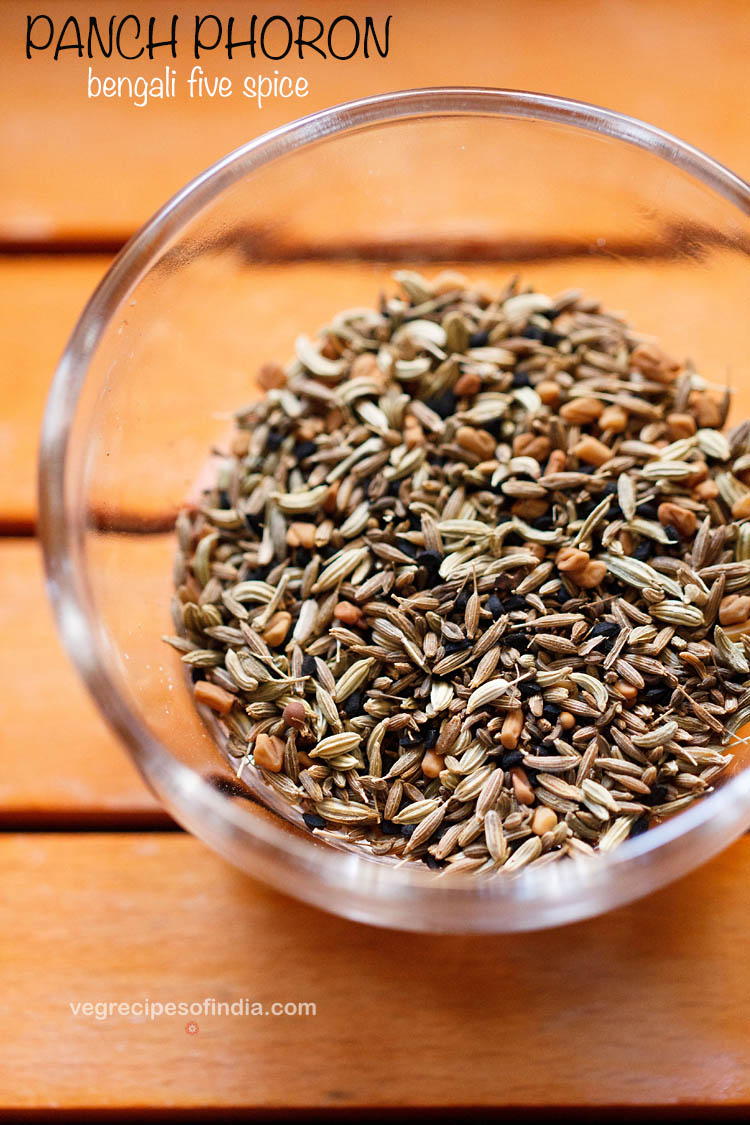
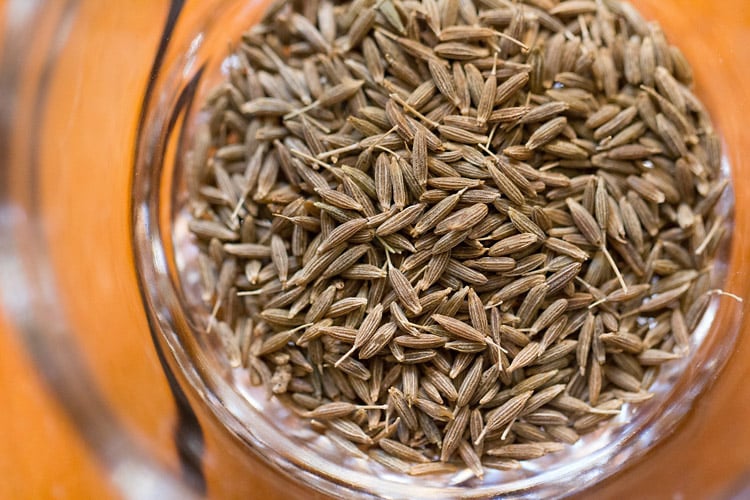
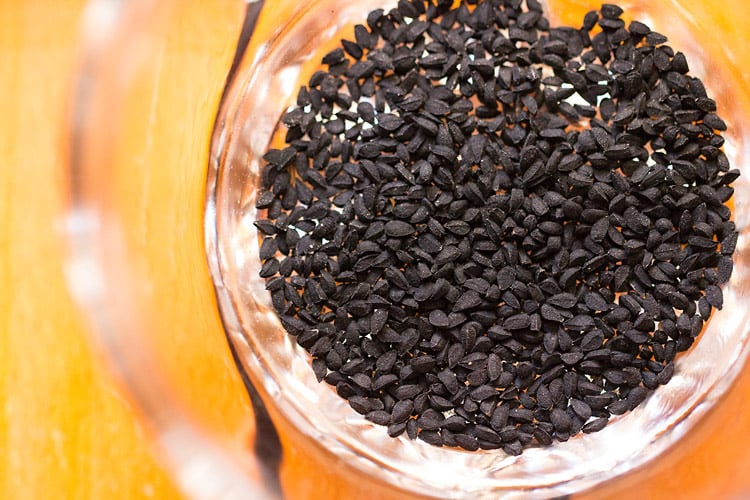
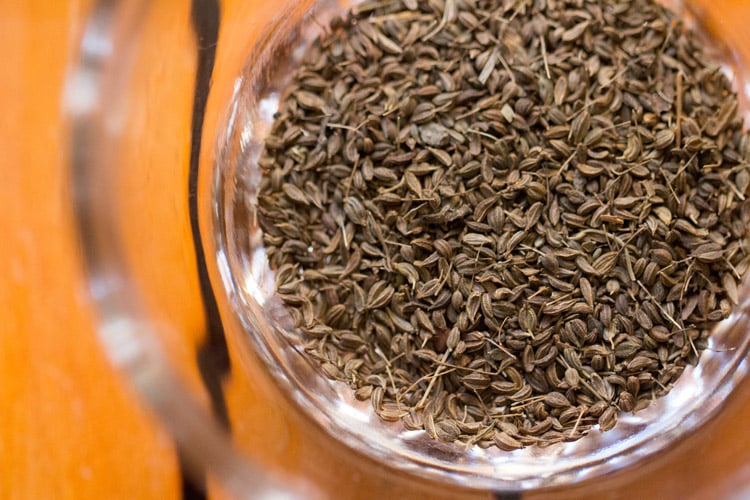
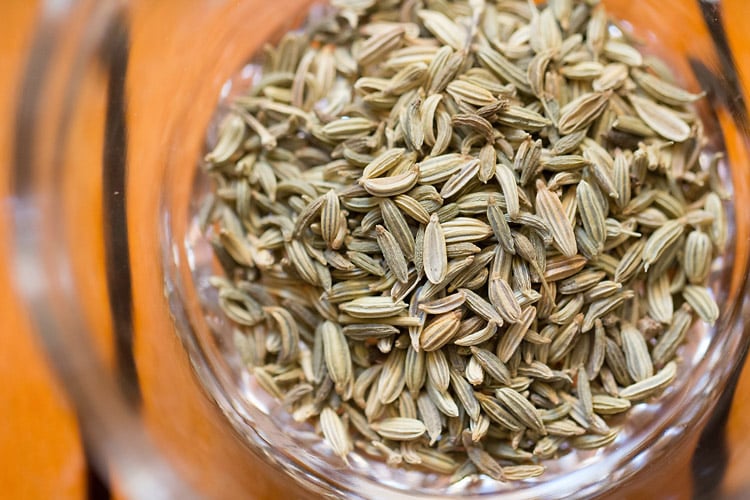
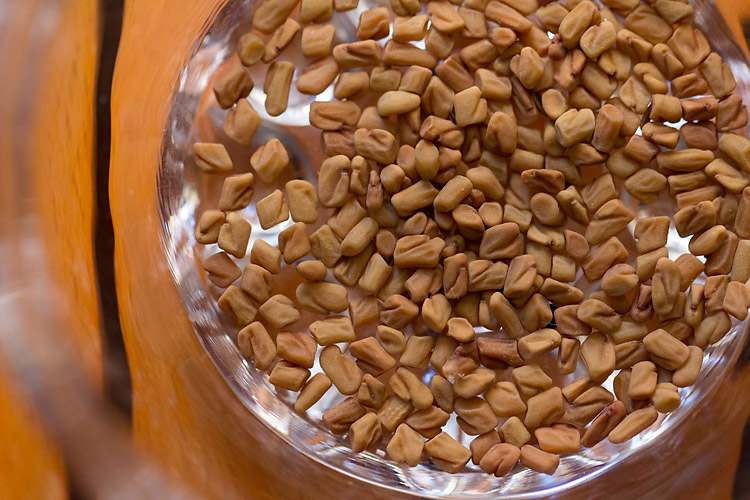
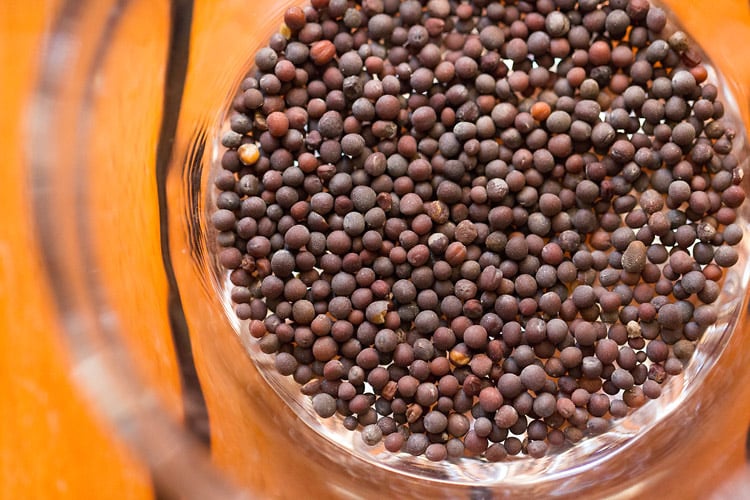
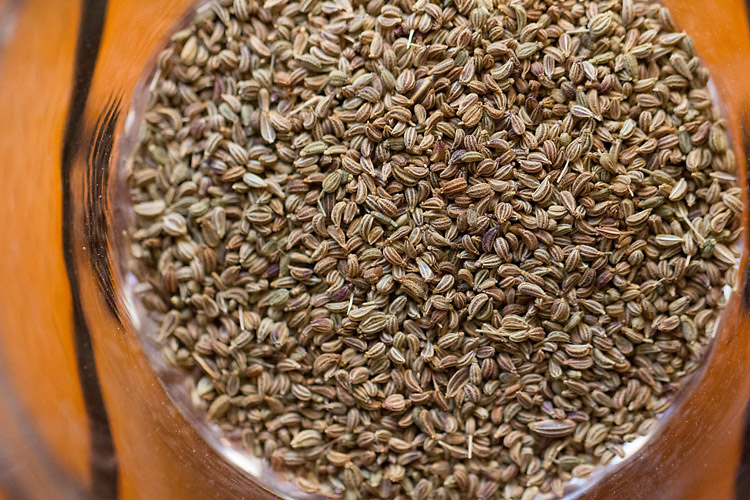
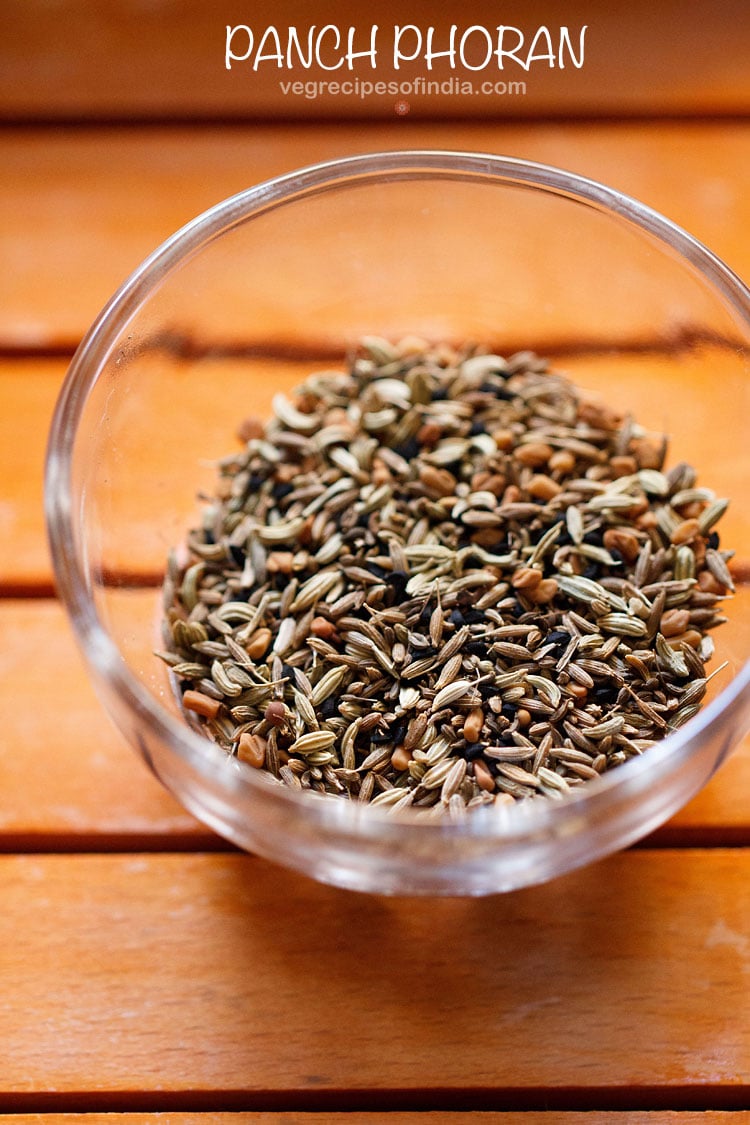
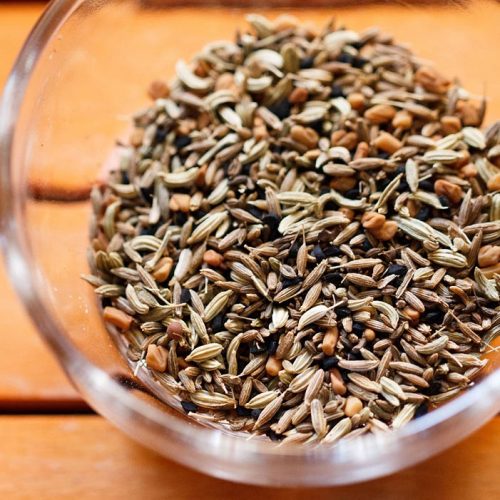
title: “Panch Phoron Panch Phoran Masala " ShowToc: true date: “2024-10-26” author: “Herman Dais”
About Panch Phoran
In Bengali language ‘panch’ means five and ‘phoron’ means tempering. So the five aromatic spices are fried in oil till they splutter or crackle. Basically this is blooming the spices in hot oil or ghee (clarified butter) and this technique of tempering spices in oil is also known as tadka or chaunk or vaghar in Hindi language. The frying of these spices releases their essential oils, aroma and flavors in the oil. Adding the panch phoron spice blend perks up the dish and takes it to another level. Unlike, garam masala where the spices are powdered, in panch phoran, the spices are not powdered but kept whole. Of course, Garam Masala makes use of different spices than the ones used in panch phoron. You could easily make your own panch phoron at home using these five spices – These spices can be purchased online if you live outside India or in an Indian store. Usually for panch phoran recipe, you will find that equal quantities of these five spices need to be mixed. but in a few Bengali recipe books that I have, the authors have mentioned a slightly different ratio for the fenugreek seeds. I think that is because fenugreek seeds are bitter and so they have included less proportion of fenugreek seeds. I also prefer to add less fenugreek seeds in the panch phoron spice blend due to their bitterness. You can add the same proportion or slightly less as per your needs. You can easily scale up or down the recipe and make a small batch or a large batch. I keep panch phoron in the fridge so that the spices remains flavorful and aromatic for a long time. You can also keep the panch phoron in an airtight jar in a cool dry place. I use this 5 spice mix in many recipes that I make like potato curry, vegetable stir fries, lentils and chutneys. When you use this spice mix, their flavor and aroma is so potent that you don’t need to add other aromatics like onions, garlic, ginger to the dish. Many times I make most satvik recipes (without onion and garlic) by using this panch phoron mix coupled with pinch of asafoetida (hing).
The Five Spices of Panch Phoran
1. Cumin Seeds (Jeera)
They have a strong earthy aroma and a faint bitterness. When you roast or fry them its flavors and aroma become more distinct and its presence is felt very clearly in any dish where cumin seeds is one of the main ingredient or spice used. Apart from their nutty taste when roasted or fried they are extensively used in Indian cuisine because of their digestive properties. Whole or powdered cumin is added to many recipes in Indian cooking like cumin rice, lentils, vegetables, curries, raita. Roasted ground cumin is another important spice element included in the various chaat snacks.
2. Nigella Seeds (Kalonji)
These tiny black seeds have a warm onion like aroma and slight sweet bitter taste. When nigella seeds are roasted or fried in oil, the aroma that wafts in the air is very distinct and piquant. Nigella seeds alone can be used while tempering in many recipes. Usually they are included for their unique aroma and taste in stir fries, lentils and naan bread.
3. Wild Celery Seeds (Radhuni)
The Bengali name for wild celery seeds is radhuni. Its easily available in Bengal, but not so easily available in other parts of India. But now due to online stores, one can get these seeds from Bengal to the state or city where one lives. These aromatic seeds have a strong flavor. These small seeds do resemble carom seeds or ajwain, but they are very different both in color as well as taste and aroma from carom seeds. Radhuni has a pungent taste and is smaller in size with a dark brown color. You can compare both the photos of wild celery seeds and carom seeds (photo is below) and can easily see the difference in size, color and texture.
4. Fennel Seeds (Saunf)
These fragrant seeds are used as a digestive and a mouth freshener after having lunch or dinner. These greenish colored seeds have a floral fragrance and a sweetish taste. In any recipe that you add fennel seeds, it does leave its mark. The dish will have the aroma as well as the sweetish presence felt in it.
5. Fenugreek Seeds (Methi Seeds)
Small and yet potent with bitter taste are aromatic fenugreek seeds. These are actually not seeds but lentils and come from a legume plant. Fenugreek seeds also have many health benefits. While adding in any dish, just add a pinch so that the dish does not become bitter. Too much of fenugreek seeds can make the dish taste bitter. Methi seeds are used extensively in pickling.
Substitution for Wild Celery Seeds (Radhuni)
Wild celery seeds are not easily available everywhere. So there are two substitutions for it. The best substitution is mustard seeds. But if you do not have mustard seeds, then you can use carom seeds.
1. Mustard Seeds (Rai or Sarson)
Mustard seeds get a nutty aroma and flavor when fried in hot oil. The pungency of raw mustard gives away to a crisp and nutty tasting seed when fried. Mustard seeds are used extensively in Indian food, especially in the South Indian cuisine. These tiny black or brown seeds are also used for tempering as well as pickling. Coarsely ground yellow mustard seed is also used often in many Indian pickles. For panch phoran you will be needing black or brown mustard seeds and not the yellow colored seeds. The black mustard seeds have a more intense flavor profile compared to the yellow mustard seeds which are milder. You can easily buy them online or in any Asian or Indian stores if you live outside India.
2. Carom Seeds (Ajwain)
These seeds have a light brown color with a thyme like aroma. They have a strong and sharp taste. If used in any dish, you will find the distinctive aroma from these tiny seeds in that dish. Ajwain is used in Indian cuisine in many ways. Since it helps in digestion it is used in recipes like pakoda, samosa, ajwain paratha. Marination for paneer tikka also has ajwain as one of its ingredients.
Making Panch Phoron
Few more similar recipes you may like are:
Rasam powderSambar powderAmchoor powderPav bhaji masala powder
Please be sure to rate the recipe in the recipe card or leave a comment below if you have made it. For more vegetarian inspirations, Sign Up for my emails or follow me on Instagram, Youtube, Facebook, Pinterest or Twitter. This Panch Phoron recipe post from the blog archives (first published in March 2010) has been updated and republished on 25 June 2021.









